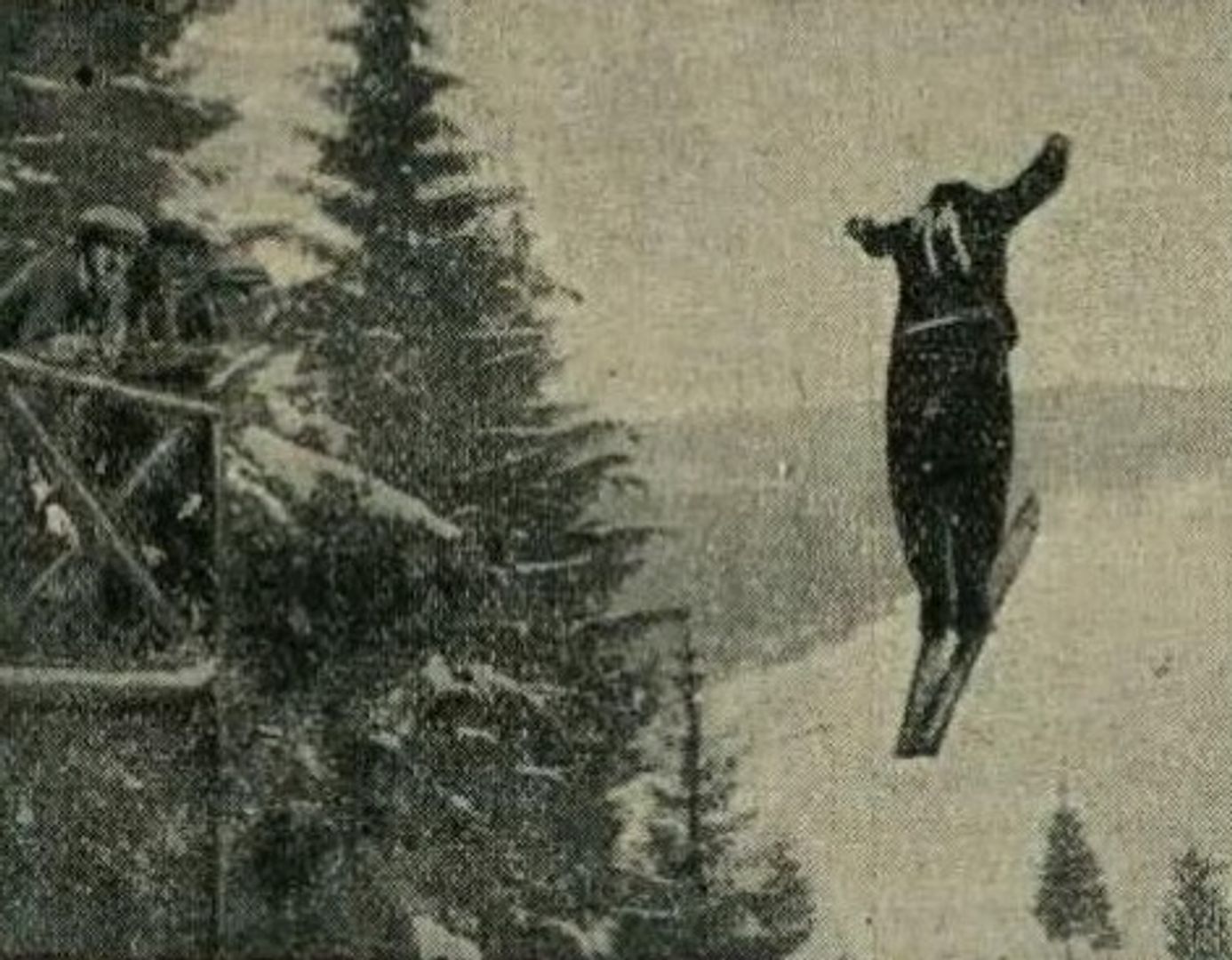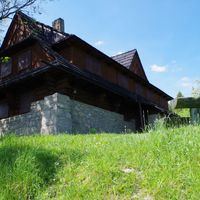Nowy Targ
7.48

Overview
Nowy Targ, situated in the Orawa-Nowy Targ Basin at the confluence of the Biały and Czarny Dunajec rivers, is one of the most significant towns in Podhale. It was granted town rights in 1346 by King Casimir the Great. The town has preserved its historic architectural complex with a medieval market square, featuring a historic town hall and a collection of wooden and brick townhouses. Key landmarks include the Church of St. Catherine, the oldest in the region, and the wooden church at Czerwony Klasztor, a contemporary monument to Highland culture that is highly regarded. Nowy Targ plays an important role in trade, historically holding the right to store salt, lead, and other goods. Beyond commerce, the town is also a cultural hub, hosting fairs and regional events that promote local crafts, such as the famous Nowy Targ cheeses and sheepskin coats. Numerous organizations and associations, like the Związek Podhalan and the Podhale Museum, work to preserve the traditions and culture of the region. Nowy Targ boasts a unique historical heritage: its past includes significant events such as fires, Tatar invasions, and periods of economic growth, particularly in the 18th and 19th centuries when new institutions and industrial plants were established, including the Nowy Targ Leather Industry Plants. During World War II, the town, like many others, suffered from warfare and occupation. It is also worth noting that Nowy Targ is home to many athletes, especially ice hockey players, and sports organizations such as the Podhale Nowy Targ hockey club and local sports associations. Thanks to its location, the town is a popular base for exploring the nearby mountains, supporting hiking and skiing tourism. Events connected with nature, such as the Tadeusz Pilarski Dunajec River Rafting, also attract many visitors. Nowy Targ is a place with a rich history that has shaped both its architecture and culture, creating a unique regional identity.
Location
Tickets
Powered by GetYourGuide
You can also find here:
2025 Wizytor | All Rights Reserved
